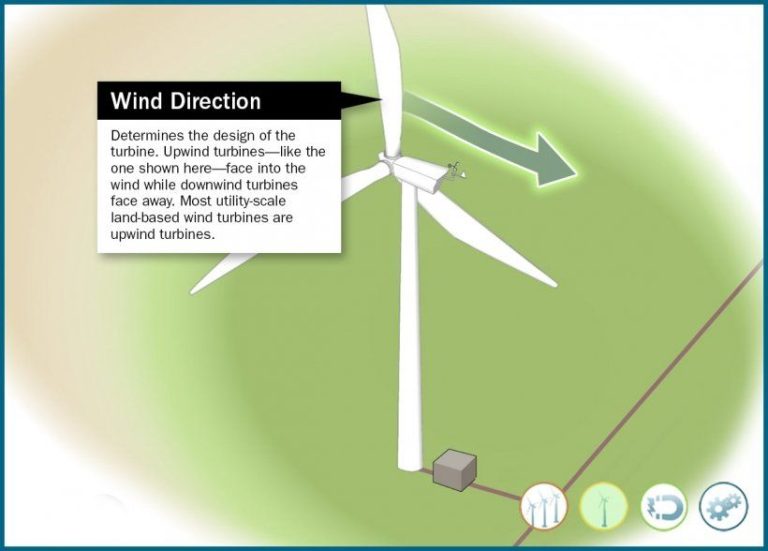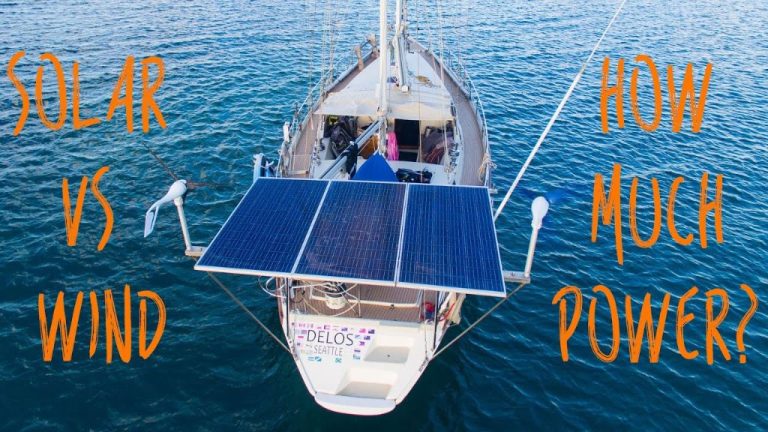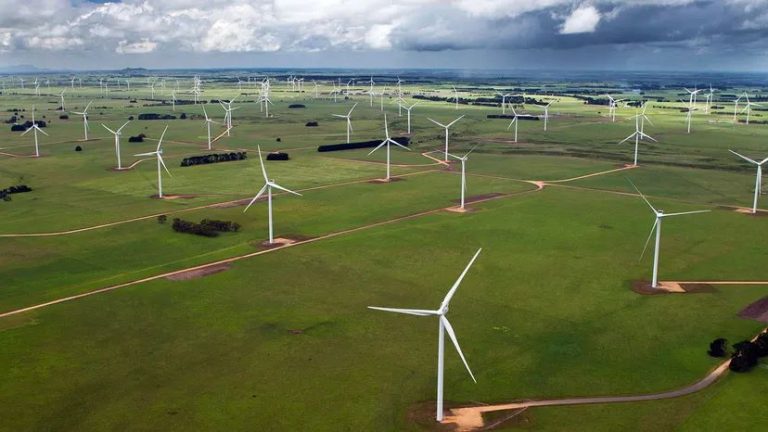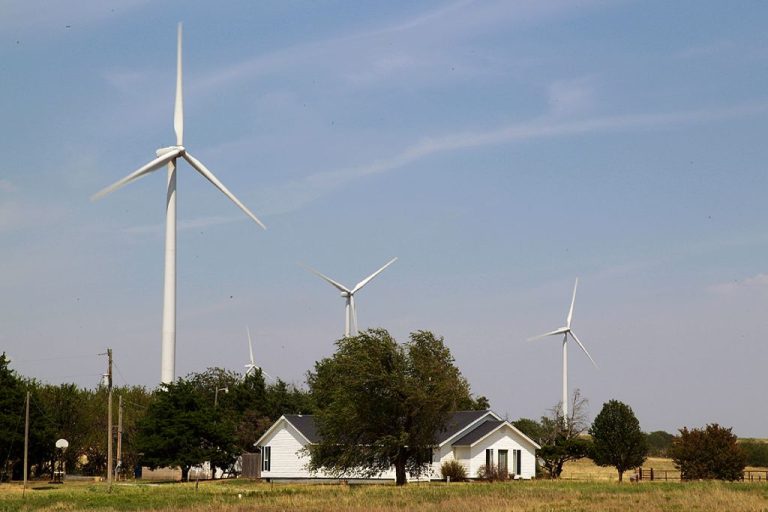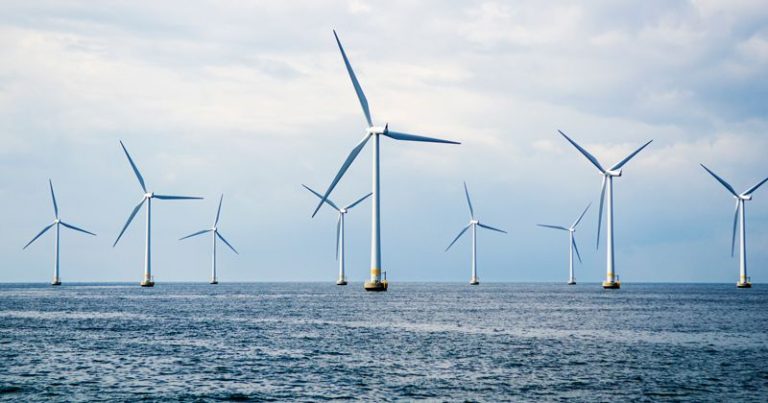How Does Wind Up Electricity Work?
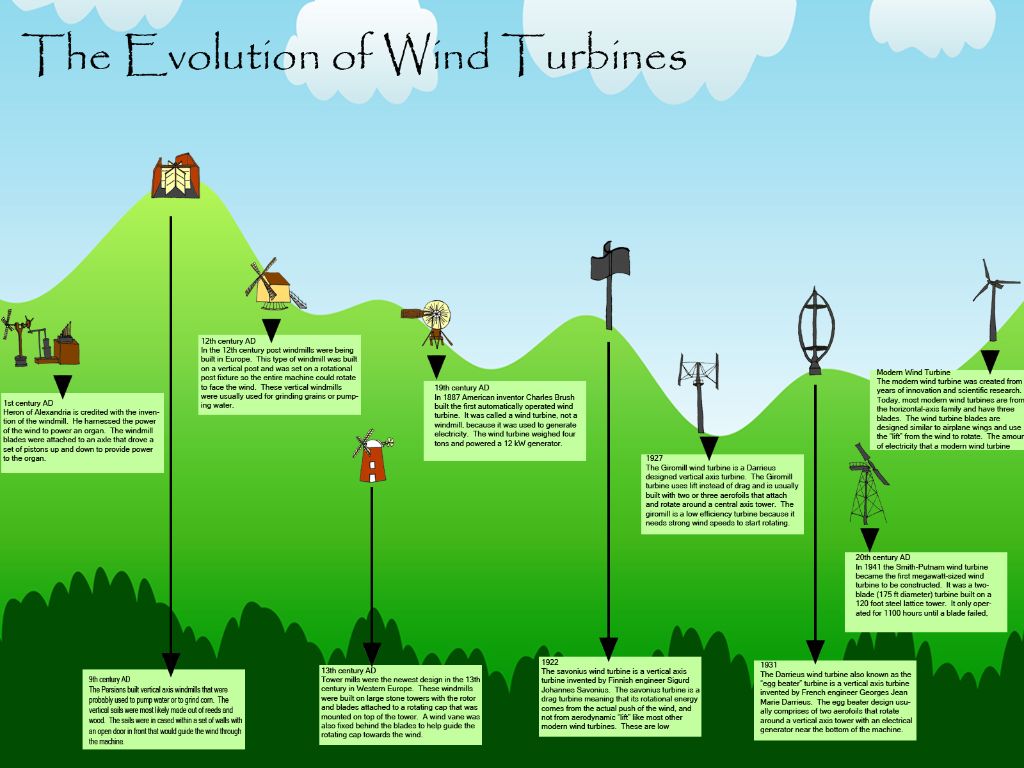
Wind turbines are devices that convert kinetic energy from the wind into electrical energy. They consist of blades that capture the wind’s movement and convert it into rotational motion to spin a generator. This generator then converts the mechanical power into electrical power. Wind turbines allow us to harness the power of the wind to generate clean and renewable electricity.
Electricity generation from wind power relies on a few basic principles of physics and electromagnetism. When the wind blows past the blades of the turbine, the aerodynamic lift and drag forces make them rotate around the rotor shaft. This rotational energy gets transferred to the generator and powers electromagnets to spin within wire coils, inducing a magnetic field and creating an electric current. This electricity then gets fed into the utility grid to be distributed for residential, commercial and industrial uses.
Wind Energy
Wind is a renewable energy source that will not run out. Unlike finite fossil fuels like oil, gas and coal, the wind will continue blowing as long as the sun shines on Earth. Generating electricity from wind harnesses a clean energy source that helps reduce carbon emissions and pollution from nuclear, coal, or natural gas power plants. As a renewable resource, wind power helps create a sustainable energy system for future generations. Wind power relies on wind turbines extracting the kinetic energy of the wind and converting it into electricity. Many view wind as an excellent domestic energy source that leverages local resources and helps improve U.S. energy security by reducing dependence on foreign fuels (https://www.energy.gov/eere/wind/advantages-and-challenges-wind-energy).
Wind Turbine Components
Wind turbines are made up of many components that all work together to convert wind energy into electricity. Some of the key components are:
-
Tower – Tall towers raise the turbine blades into higher wind speeds and reduce turbulence. Modern utility-scale turbines are mounted on towers 60-100 meters tall (Windmillstech.com, 2022).
-
Blades – Most turbines have three rotor blades that face into the wind. Longer blades can capture more wind energy (Energy.gov, 2022).
-
Generator – The generator uses magnetic fields to convert the rotational energy from the spinning blades into electrical energy. Most commercial turbines use an asynchronous generator (Windmillstech.com, 2022).
-
Gearbox – Gears connect the low-speed shaft to the high-speed generator and increase the rotational speeds from about 30-60 rpm to around 1000-1800 rpm, the optimal speed for generating electricity (Energy.gov, 2022).
-
Transformer – The transformer increases the electricity from the generator to the proper voltage for the utility grid – typically 34.5kV for large commercial turbines (Energy.gov, 2022).
How Wind Turns the Blades
Wind turbines operate on a simple principle: instead of using electricity to make wind, like a fan, wind turbines use wind to make electricity. The wind turns the blades, which spin a shaft connected to a generator that makes electricity (Energy.gov, 2022).
The wind flows over the airfoil shaped blades causing lift, like the effect on airplane wings. Lift causes the blades to turn. The blades are connected to a hub and a main shaft that turns a generator to produce electricity (Energy.gov, 2022). The amount of electricity that can be generated depends on the turbine’s size and the speed and force of the wind.
Spinning Shaft Connects to Generator
The wind turbine’s blades spin a shaft inside the nacelle, which connects to a gearbox and generator (DOE). The spinning shaft transfers the rotational kinetic energy captured by the blades into the gearbox and generator.
The gearbox increases the rotational speed coming into the generator for optimal electricity production. Generators work most efficiently at higher rotational speeds. Without a gearbox, the generator would have to be much larger and heavier to produce the same amount of electricity.
The generator then converts the mechanical rotational energy into electrical energy using electromagnetic induction. The most common type of generator used in modern wind turbines is the asynchronous generator. It generates 3-phase AC electricity as the shaft spins electromagnets past stationary coils (SKF).
Gearbox Increases Rotations
The gearbox is an important component in a wind turbine’s drive train. Its purpose is to increase the rotational speed from the turbine’s rotor to the speed required by the generator.
The blades and rotor spin relatively slowly, generally between 10-20 rotations per minute. But most generators require a rotational speed between 1000-1800 rpm to produce electricity efficiently. The gearbox serves as a transmission to convert the slow, high-torque rotation into much faster rotation that the generator needs.
The gearbox contains a series of gears in stages to incrementally increase the speed. The gears connect the low-speed shaft from the rotor to the high-speed shaft that drives the generator. By converting the rotational speed, but maintaining the power, the gearbox enables the generator to operate at optimal efficiency regardless of the turbine’s blade speed.
Generator Converts Mechanical Energy to Electrical
As the turbine’s shaft rotates inside the generator, it spins a magnet called a rotor inside a set of copper wire coils called stator coils. As the rotor spins rapidly inside the stator coils, its magnetic field induces a current in the copper coils (https://www.eia.gov/energyexplained/electricity/how-electricity-is-generated.php). This process of using magnetic fields to generate an electrical current is called electromagnetic induction.
The generator acts similar to an engine in reverse. A car engine uses fuel and converts it into mechanical energy that spins the wheels. A generator instead converts mechanical energy from the spinning turbine into electrical energy.
Transformer Increases Voltage
After the electricity is generated by the turbine, it goes through a transformer to increase the voltage. Wind turbines generate electricity at a low voltage, typically around 600-1000V. This low voltage electricity would suffer significant losses if transmitted long distances to homes and businesses. To reduce these losses, a transformer increases the voltage to a higher level, like 34,500V (Energy.gov). By stepping up the voltage, the current is reduced, which reduces the power losses during transmission (Daelim).
The wind turbine transformer allows the electricity to be efficiently transmitted over longer distances via transmission lines with minimal losses. Transformers play a vital role in harnessing the power generated by wind turbines.
Transmission Lines Distribute Electricity
After the electricity is stepped up to a higher voltage by the transformer, it travels through transmission lines to distribute the power over long distances. Transmission lines carry electricity at high voltages from wind turbines and other generators to substations, which distribute the electricity to areas where the power is needed. The transmission system interconnects different regional grids to balance supply and demand across large regions. Without transmission lines, the electricity generated by wind turbines would not be able to efficiently reach the wider grid and connect to load centers like cities and towns.
Conclusion
In summary, the generation of electricity from wind power relies on wind turbines that harness the kinetic energy of the wind. The wind turns the blades of the turbine, which spins a shaft connected to a generator. A gearbox helps increase the rotations to the necessary speed for the generator. The generator then converts the mechanical rotational energy into electrical energy. A transformer increases the voltage, allowing efficient transmission via power lines. Wind turbines provide a renewable and sustainable method to generate electricity without emissions.

